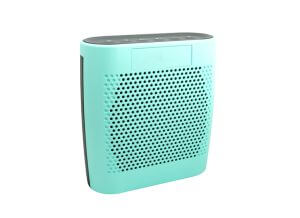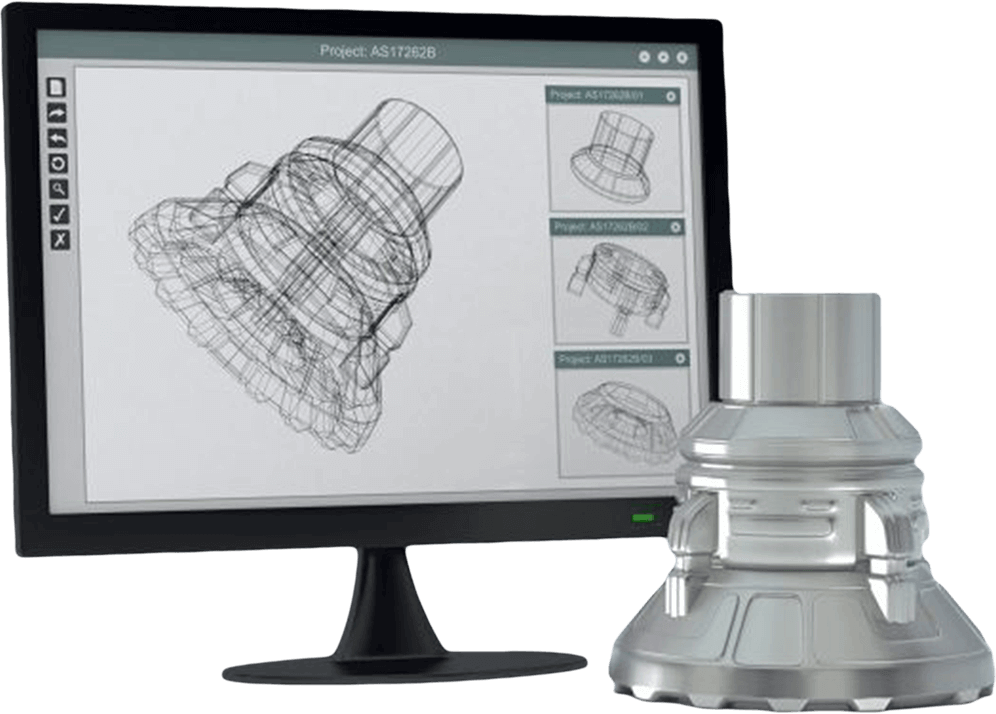Month: July 2019
Prototype Development for Electronic Enclosures

All electronics have one thing in common — they are vulnerable to the elements. Moisture, dust and any other debris can quickly turn a useful product into a useless paperweight. Your customers understand the fragility of any electronic product and will naturally prefer items that are well-built, sturdy and attractive. It takes a solid enclosure to ensure predictable functionality along with eye-catching visual appeal for your product.
Even if your circuit board is working without failure during development, real-world scenarios quickly take a toll on any electronic device. Our team can work with you to bring your vision to life and create a product casing that stands up to regular wear and tear. Our engineers are experienced in product design and will help you create a visually-appealing casing that catches the attention of potential customers. Wondering what goes into that process? Our prototype development process couldn’t be easier, so read on to see how it all works.
Assess Prototyping Stage
The price of your project largely depends on the type of process we use to assemble your prototype. From the very beginning, we take your unique budget needs into account to move forward with the most practical prototype we can create. Our goal is to meet your needs while never overcharging for any of our services.
A prototyping budget typically varies by stage. In the first stages of prototyping, you’re not going to want to invest too much money into prototypes that may or may not lead to the final product design. Your electronics concept may make sense on paper, but creating effective electronics housing sometimes takes a trial-and-error approach. 3D printing is ideal in these scenarios, as it is a low-cost and rapid form of prototyping.
On the other hand, if you’re further along in your prototyping, with several iterations already completed and tested, it may be time to move to a process more closely resembling the final product. A service such as injection molding creates prototypes with the functionality and aesthetics that closely match your vision for the consumer-ready version.
Choose a Material
The material you choose to build a prototype with is as important as the shape of the prototype. For that reason, it’s essential to consider the exact properties you expect out of your product type, as well as the final design. Are you looking for moisture resistance? How about a translucent material? These are the questions any product designer should ask themselves before moving onto prototyping. The TenX team can provide you with the materials it takes to create a product with the exact characteristics you have in mind.
Think about the types of priorities that matter most for your product:
Some electronics enclosures require a combination of characteristics, so it can be difficult to know the exact material your product needs. Our prototyping experts are available to provide guidance no matter what stage you are at in your prototyping process.
Consider Smaller Details
If your electronics enclosure features multiple or connected parts, it’s going to take additional fasteners, brackets, hinges or another type of accessory to bring it all together. At TenX Manufacturing, we can provide you with the features it takes to create the functionality you envision.
For example, our 3D printing services are ideal for manufacturing threaded fasteners, snap-fits, interlocking joints and threaded fasteners. If your prototype requires CNC machining, a press fit may be a better option. You can rely on our expertise when you need guidance on design details that are easy to overlook.
Get Prototyping
Ready to get one step closer to your final electronics product? We are here to help. If you have any questions about how we work or the services we can provide, don’t hesitate to reach out to our team. We look forward to providing the enclosure solutions you’re looking for in your prototypes!

How Prototypes From Aerospace Engineering Make It in the Sky
The aerospace and defense industry experienced an 8.6% increase in revenues from 2016 to 2017, according to a Deloitte financial performance study. And the industry plans to see higher gains as innovation persists. In fact, both Uber and Boeing are making a push to design air taxis used across the United States within the next decade.
The growth in this industry is going to make prototypes from aerospace engineering more and more prevalent.
Why Prototyping Is Necessary With Aerospace Engineering
Prototyping is necessary for the aerospace engineering industry because various prototype processes use materials that lighten an aircraft’s payload. This ultimately leads to savings on fuel and emissions and enhances the speed and safety of the aircraft. Prototyping also gives engineers design freedom and rapid, predictable outcomes when they manufacture the same part over and over again.
How Prototyping And 3D Printing Helps Aerospace Engineers
The introduction of 3D printing in the aerospace industry has revolutionized the way engineers approach aircraft design. Much like the progress in the medical industry, new part design starts digitally with computer-aided design (CAD) and drafting (CADD).
Graphic designers have thrived with 2-dimensional designs through various computer software. Engineers now have the same capability with their 3-dimensional part by bringing their work to life digitally before moving to the prototyping process. These CAD files store vital information such as measurements and flexibility of a part before it’s created through 3D printing.
Once the 3D print has been created, engineers will put it through benchtop tests. If the part fails, the prototype will be sent for an iterative redesign. The CAD file helps the engineers identify the data point on the design that failed. Once the part is reworked, the history of the change can be saved in the CAD file so the old characteristics can be housed if the engineers ever need to go back and tinker with another data point of their prototype design.
Scaling the prototype is another advantage 3D printing offers. The automatic, computer-generated part will form the exact measurements for the part every time, so the new design is consistent for manufacturers.
The Role of Injection Molding in Aerospace Design
Injection molding is when the palletized resin is put under substantial pressure within a state-of-the-art machine and is formed in a molded cavity. This customized molded plastic can be shaped to perform vital tasks within an aircraft. Injection molding specialists can work in lockstep with aerospace engineers to ensure the specifications of the part are perfect and use the mold to repeat the new design for mass production.
Prototype Examples That Can Be Used in the Aerospace Industry
Innovative prototypes from aerospace engineering workshops are already in flight today. 3D printing is already being used to produce specific aircraft interior components such as air ducts, armrests, seat end caps, seat framework and wall panels.
NASA has been in the 3D printing business for nearly 10 years. As early adopters of the technology, they 3D printed flame-retardant vents and housings for their Mars Rover. They also used 3D printing for camera mounts, pod doors, the front bumper and other parts of the Mars vehicle.
Prototyping will be an integral piece of the manufacturing and new part development processes for years to come. The prototypes from aerospace engineering will without a doubt be at the center of space exploration as well as the coming transportation revolution.
We’re committed to that future and can’t wait to play our role. You can learn more about what we do and discover for yourself how we can help the aerospace industry continue its innovation.
